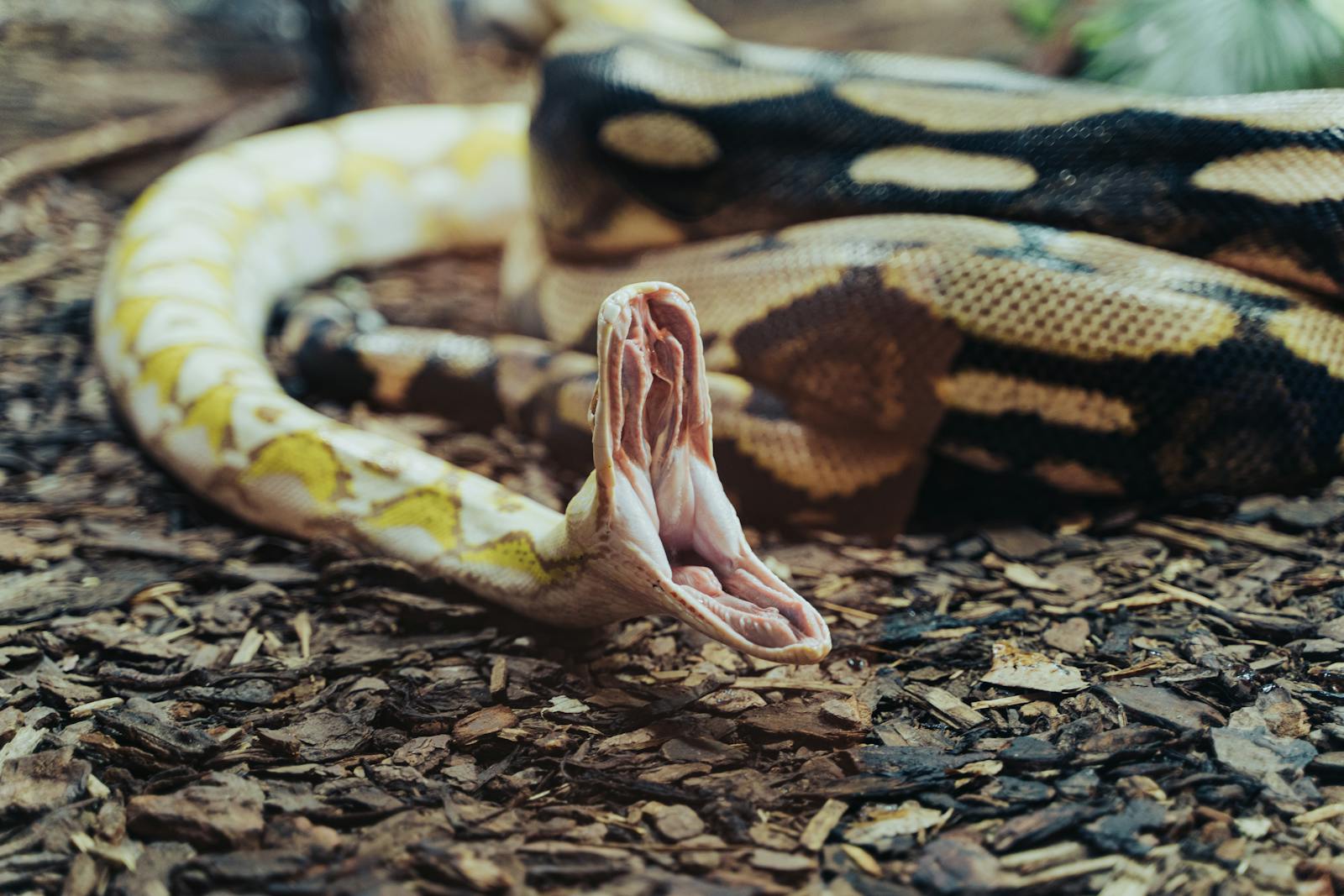Every year, across various landscapes from dense forests to open prairies, an intriguing phenomenon occurs as snakes seemingly vanish into the same locations with clockwork precision. This mysterious behavior isn’t random – it represents one of nature’s most fascinating survival adaptations. Snakes, as ectothermic (cold-blooded) creatures, have developed remarkable strategies to cope with changing seasons and environmental conditions. Their annual disappearing act into specific locations reveals a complex interplay between biology, ecology, and evolutionary adaptation. Understanding why snakes return to the same hibernation spots year after year offers valuable insights into reptile behavior and the delicate balance these creatures maintain with their environments.
The Seasonal Imperative: Why Snakes Need to Disappear
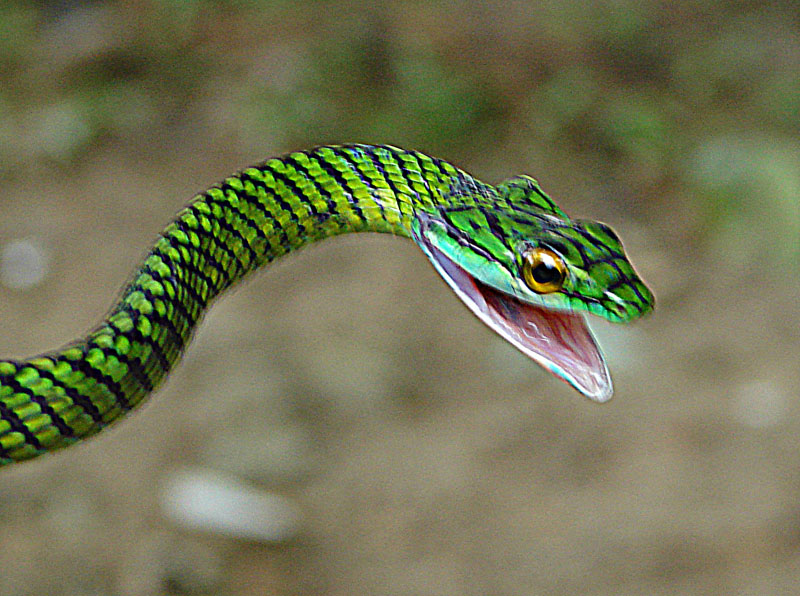
Unlike mammals that maintain constant body temperatures, snakes rely on external heat sources to regulate their bodily functions. When temperatures drop below certain thresholds, snakes face an existential challenge as their metabolism, digestion, and movement capabilities dramatically slow down. In temperate and cold regions, winter presents conditions that would be fatal for snakes remaining above ground. The solution to this survival challenge is brumation – a hibernation-like state where snakes significantly reduce their physiological activity. During brumation, a snake’s heart rate may drop to just a few beats per minute, and they may not eat for months. This remarkable adaptation allows snakes to survive through harsh winters when prey is scarce and temperatures would otherwise prove lethal.
The Perfect Hideaway: What Makes an Ideal Hibernaculum
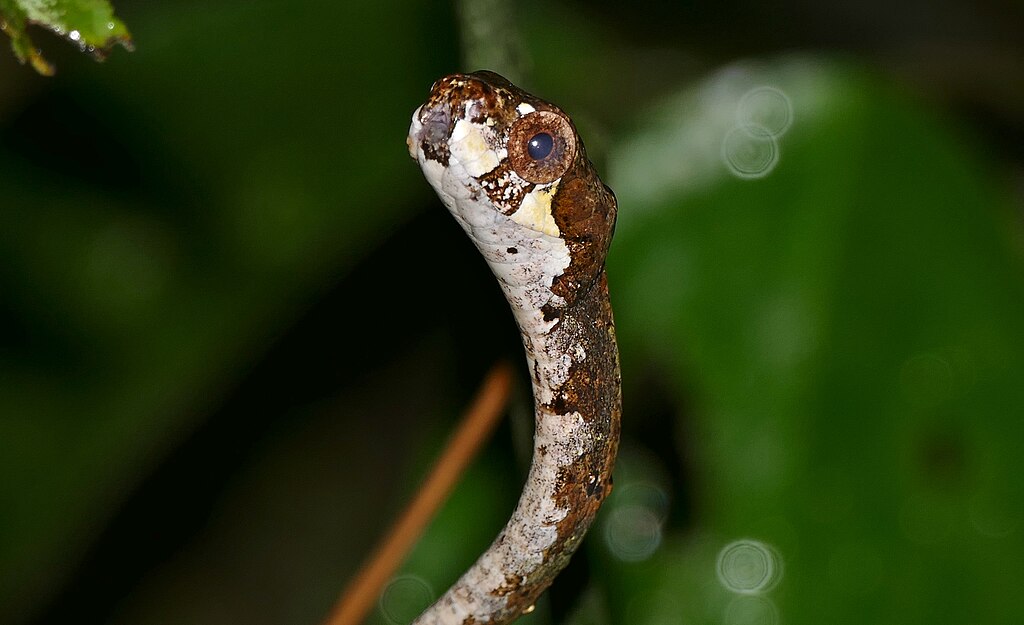
The specific locations where snakes disappear to each year are called hibernacula – specialized winter dens that provide critical survival features. An ideal hibernaculum offers stable temperatures that remain above freezing, even when surface conditions are frigid. These locations typically provide high humidity levels that prevent dehydration during the snakes’ extended inactivity. Protection from predators is another essential feature, as brumating snakes are vulnerable due to their reduced mobility and awareness. Common hibernacula include rock crevices, mammal burrows, cave systems, hollow logs, deep leaf litter, and even human structures like building foundations. The most effective hibernacula maintain temperatures between 35-50°F (2-10°C) – cold enough to trigger brumation but warm enough to prevent freezing.
Community Hibernation: The Social Dimension
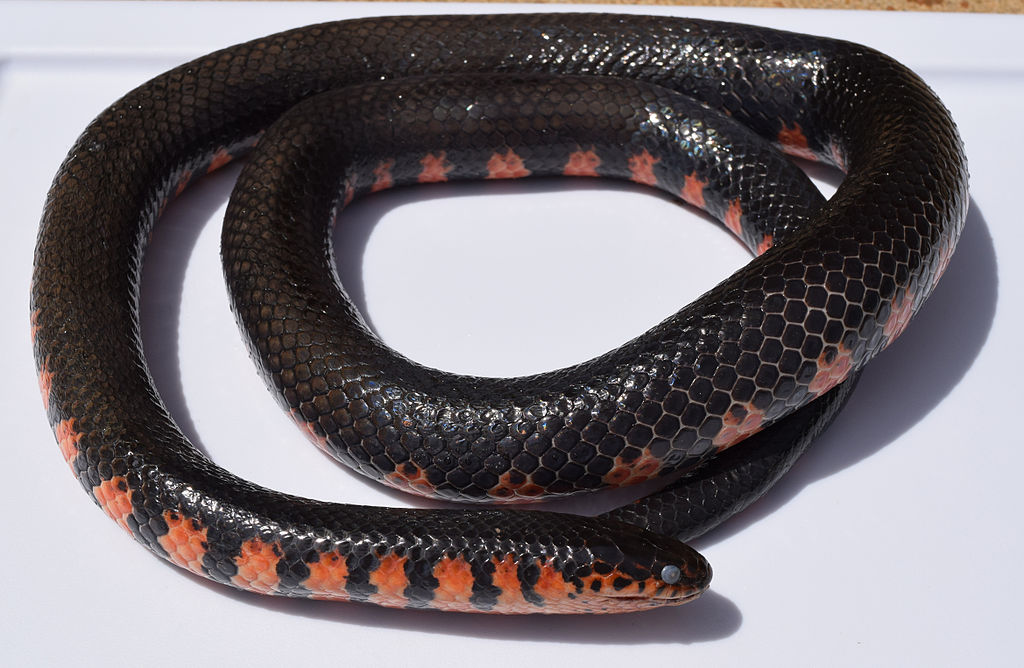
Perhaps one of the most fascinating aspects of snake hibernation is that it often becomes a communal affair, with multiple snakes – sometimes hundreds or even thousands – gathering in the same hibernaculum. This phenomenon, known as communal denning, can bring together not only members of the same species but sometimes different snake species altogether. The timber rattlesnake (Crotalus horridus), for example, is well-known for forming large communal dens, sometimes sharing space with other species like copperheads or black rat snakes. This social hibernation provides additional thermal benefits through shared body heat, even though snakes are ectothermic. The aggregation of multiple snakes also creates a safety-in-numbers effect that can reduce predation risk for individuals, demonstrating that even “solitary” reptiles can develop complex social behaviors when survival advantages exist.
Geographical Memory: How Snakes Find Their Way Back

The ability of snakes to return to the exact same hibernaculum year after year showcases their remarkable navigational capabilities. Research indicates that snakes develop detailed mental maps of their territories, remembering landscape features, scent markers, and environmental cues that guide their seasonal migrations. Some species, like timber rattlesnakes, may travel several miles between summer hunting grounds and winter dens, yet navigate back with impressive precision. Experiments have shown that many snakes can detect Earth’s magnetic field, potentially using it as a compass during migration. Chemical cues also play a crucial role, as snakes leave scent trails that they and other snakes can follow to successful hibernacula. This combination of sensory inputs creates a sophisticated navigational system that ensures snakes can locate their proven shelters when winter approaches.
Hibernaculum Fidelity: The Power of Tradition
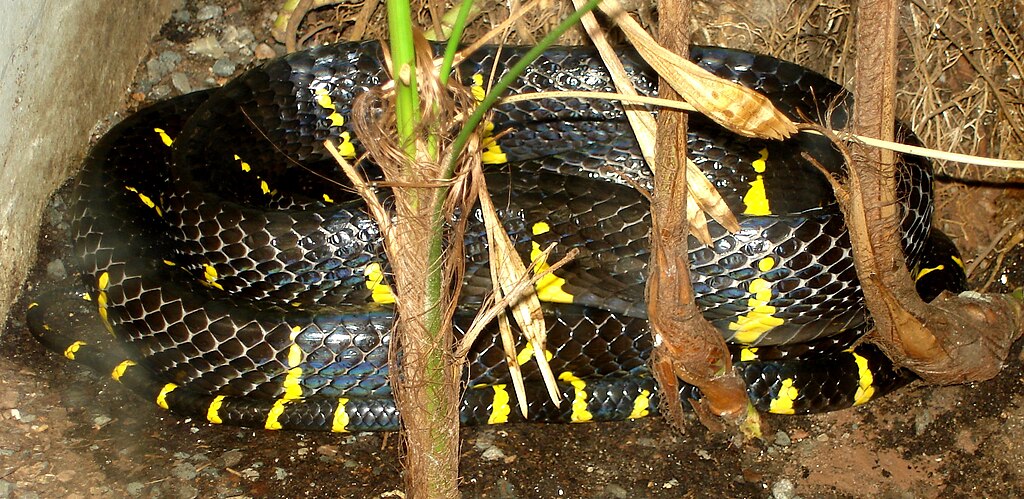
The tendency for snakes to return to the same hibernaculum year after year is known as hibernaculum fidelity. This behavior demonstrates a powerful evolutionary strategy: once a snake finds a hibernaculum that supports successful winter survival, returning to it reduces the risks associated with seeking untested alternatives. Some hibernacula have been documented to be in continuous use for decades or even centuries, with generations of snakes following ancestral patterns. For rattlesnakes in northern climates, radio-tracking studies have shown fidelity rates exceeding 95%, with individuals returning to the exact same den throughout their entire lifetime. This tradition-based behavior creates a form of cultural transmission, where younger snakes may follow older individuals to proven hibernation sites, learning the migration routes and den locations that will support their long-term survival.
The Climate Connection: Temperature Triggers
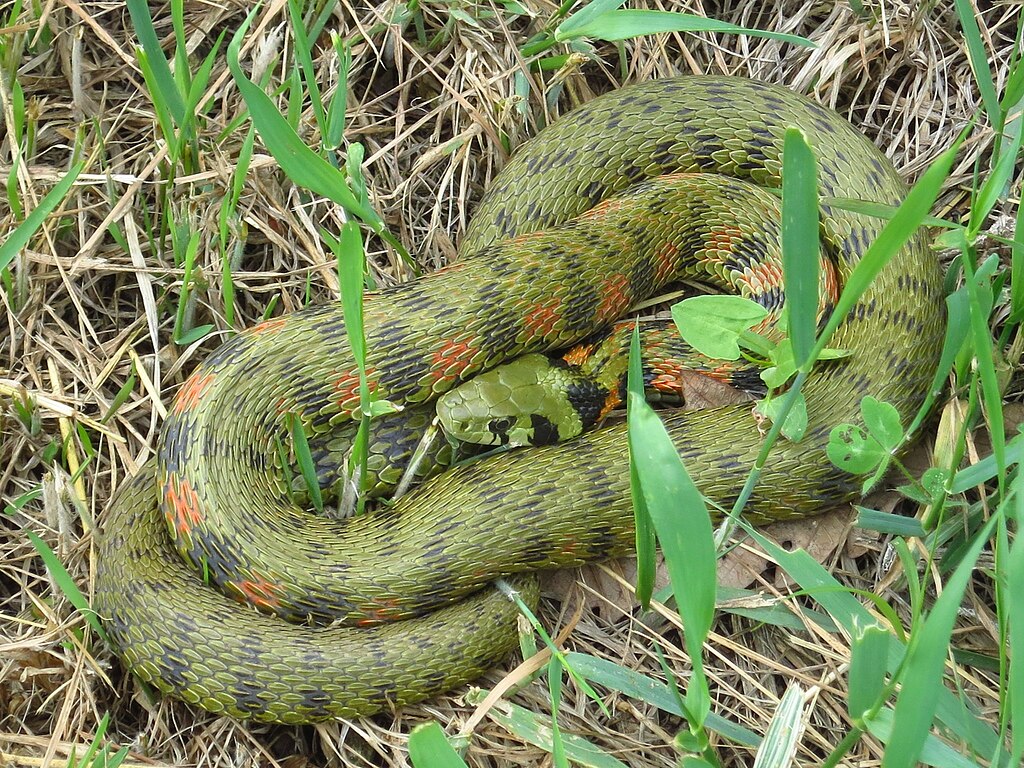
The timing of snakes’ annual disappearance follows remarkably consistent patterns governed primarily by environmental temperature cues. As autumn progresses and daylight hours shorten, dropping temperatures signal snakes to begin their migration toward hibernacula. Most species begin moving when ambient daytime temperatures consistently fall below 60-70°F (15-21°C). Interestingly, this temperature-based trigger system means that climate change is now affecting hibernation patterns, with many snake populations entering hibernation later and emerging earlier than historical records indicate. The precision of this temperature response is vital – entering hibernation too early means missing valuable feeding opportunities, while delaying too long risks exposure to lethal cold. Snakes have evolved such sensitive temperature detection systems that they can perceive changes of less than 1°F (0.5°C), allowing them to time their disappearance with remarkable accuracy.
Emergence Patterns: The Spring Revival

Just as fascinating as their disappearance is the predictable emergence of snakes from their hibernacula when spring arrives. This emergence typically follows a gendered pattern, with male snakes often emerging first, sometimes weeks before females. This strategy gives males time to recover from brumation and prepare for mating season when females emerge. For species like garter snakes (Thamnophis spp.), this creates the famous “mating balls” where dozens of males may compete for access to a single emerging female. Temperature again serves as the primary trigger, with sustained ground temperatures above 50°F (10°C) typically signaling suitable conditions for emergence. The timing must be precise – emerging too early risks exposure to late-season cold snaps that can be fatal, while emerging too late might mean missing crucial mating opportunities that occur only once yearly.
Species-Specific Strategies: Different Approaches to Winter
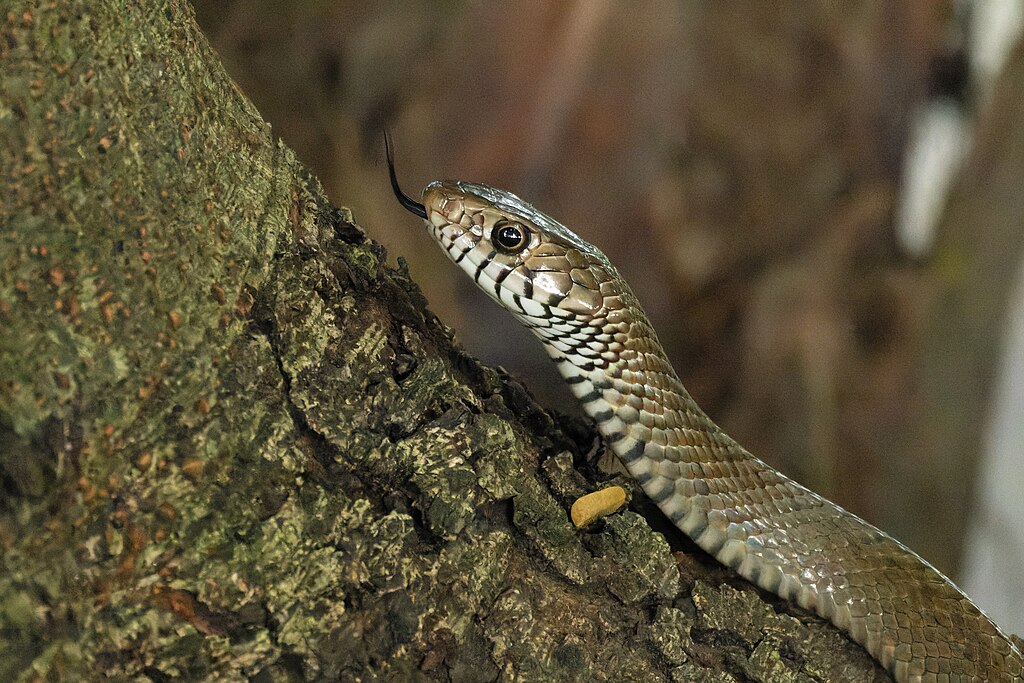
While the general pattern of hibernaculum use is widespread among snakes in colder regions, specific strategies vary considerably between species. Rattlesnakes and other pit vipers typically require deep, stable hibernacula that may be located on rocky, south-facing slopes that maximize sun exposure. Garter snakes show remarkable flexibility, utilizing everything from rock crevices to residential foundations, and can tolerate higher population densities in hibernacula than most other species. Water snakes often select hibernacula near water bodies, sometimes even hibernating in underwater mud banks where oxygen can diffuse through their skin. Desert-dwelling species face different challenges and may engage in estivation (summer dormancy) rather than winter brumation, seeking shelter during extreme heat rather than cold. These diverse approaches highlight how snake species have fine-tuned their hibernation strategies to match their specific ecological niches.
Conservation Implications: Protecting Critical Habitat

The high fidelity snakes show to specific hibernacula creates a significant conservation challenge, as these sites represent irreplaceable habitat features that can limit entire population distributions. When hibernacula are destroyed through development, mining, or other human activities, snake populations often cannot simply relocate to new areas. In many regions, suitable hibernation sites with the necessary depth, temperature stability, and protection features are naturally limited. This vulnerability has led to the legal protection of known hibernacula for threatened species like timber rattlesnakes in many U.S. states. Conservation efforts now frequently include buffer zones around known hibernacula, with restrictions on development activities within migration corridors. The protection of these critical sites represents one of the most effective snake conservation strategies, as a single preserved hibernaculum can support the survival of entire regional populations.
Human Interactions: When Snakes Choose Buildings
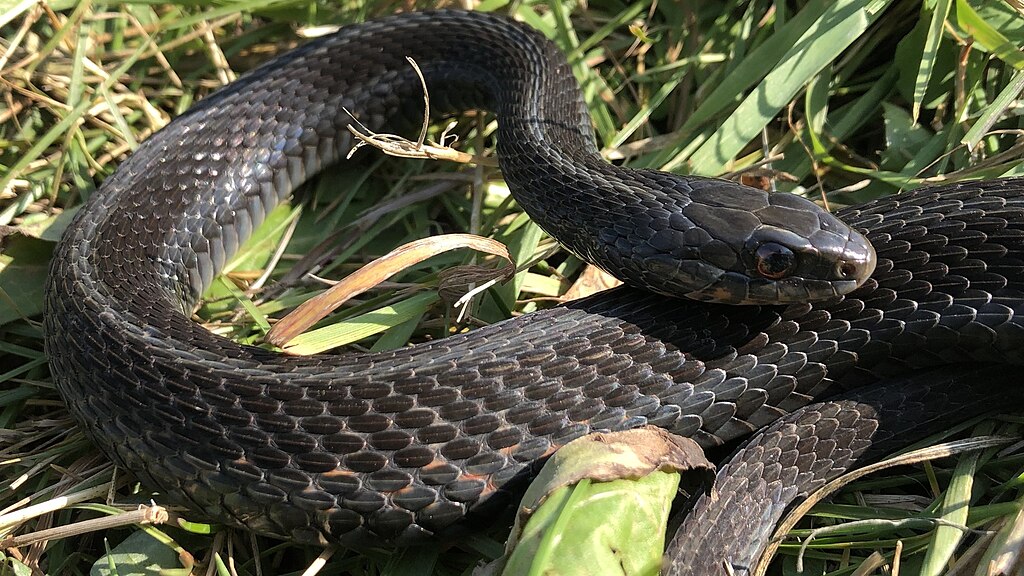
The natural propensity of snakes to seek protected, temperature-stable environments for hibernation sometimes leads them to human structures, creating challenging human-wildlife interactions. House foundations, barns, crawl spaces, and rock walls can inadvertently provide ideal hibernaculum conditions, attracting annual snake visitors. For non-venomous species like rat snakes or garter snakes, these uninvited guests often provide beneficial rodent control and pose minimal risks to human safety. However, in regions with venomous species, this behavior can create legitimate safety concerns, particularly during spring emergence when snakes may be concentrated around residential areas. Wildlife management professionals have developed exclusion techniques that can humanely prevent snakes from accessing structures while redirecting them toward natural or artificially created alternative hibernacula. These management approaches recognize the ecological importance of snakes while addressing legitimate human safety concerns.
Research Techniques: How Scientists Track the Disappearing Act

Modern wildlife biology has developed sophisticated techniques for studying snake hibernation patterns, revolutionizing our understanding of their mysterious annual disappearances. Radio telemetry, where tiny transmitters are surgically implanted in snakes, allows researchers to track individuals throughout their annual cycles, revealing precise migration routes and hibernaculum locations. More recently, GPS tracking devices have been miniaturized enough for use with larger snake species, providing even more detailed movement data. Thermal imaging cameras help locate hibernacula by detecting the subtle heat signatures of aggregated snakes, even beneath surfaces. Environmental DNA (eDNA) sampling can now detect the presence of specific snake species from soil or water samples near potential hibernation sites. These technologies, combined with traditional field methods like mark-recapture studies, have transformed snake hibernation from a mystery into one of the better-understood aspects of reptile ecology.
Climate Change Challenges: Adapting to a Warming World
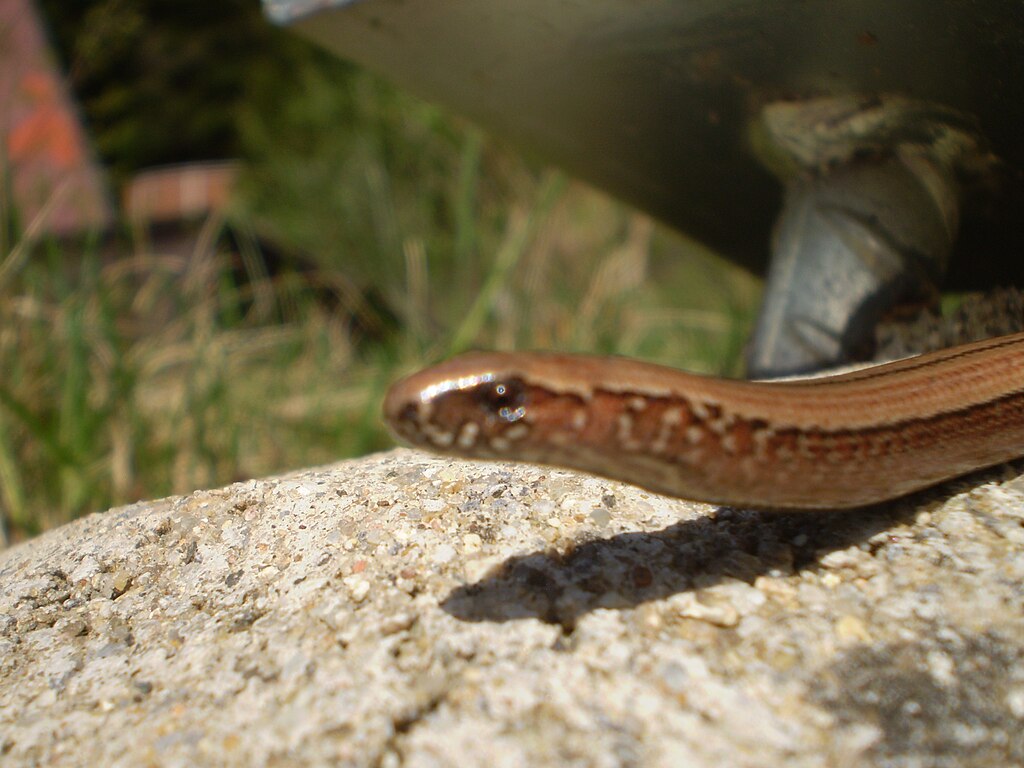
The highly temperature-dependent nature of snake hibernation makes these reptiles particularly vulnerable to climate change impacts. As winter temperatures become milder and more variable across many regions, traditional hibernation patterns are being disrupted. Some populations now experience shorter hibernation periods, which can lead to increased energy expenditure during winter when food remains scarce. Unseasonable warm spells may trigger premature emergence, exposing snakes to subsequent freezing conditions when temperatures suddenly drop again. For species that time their reproduction around hibernation cycles, these disruptions can impact breeding success and population stability. Some researchers have documented northward range expansions in certain snake species as formerly unsuitable habitats become climatically viable. The high hibernaculum fidelity that served snakes well for millennia may now become an evolutionary trap if traditional sites no longer provide suitable conditions, creating an uncertain future for many snake populations as climate patterns continue to shift.
The Evolutionary Puzzle: How This Behavior Developed
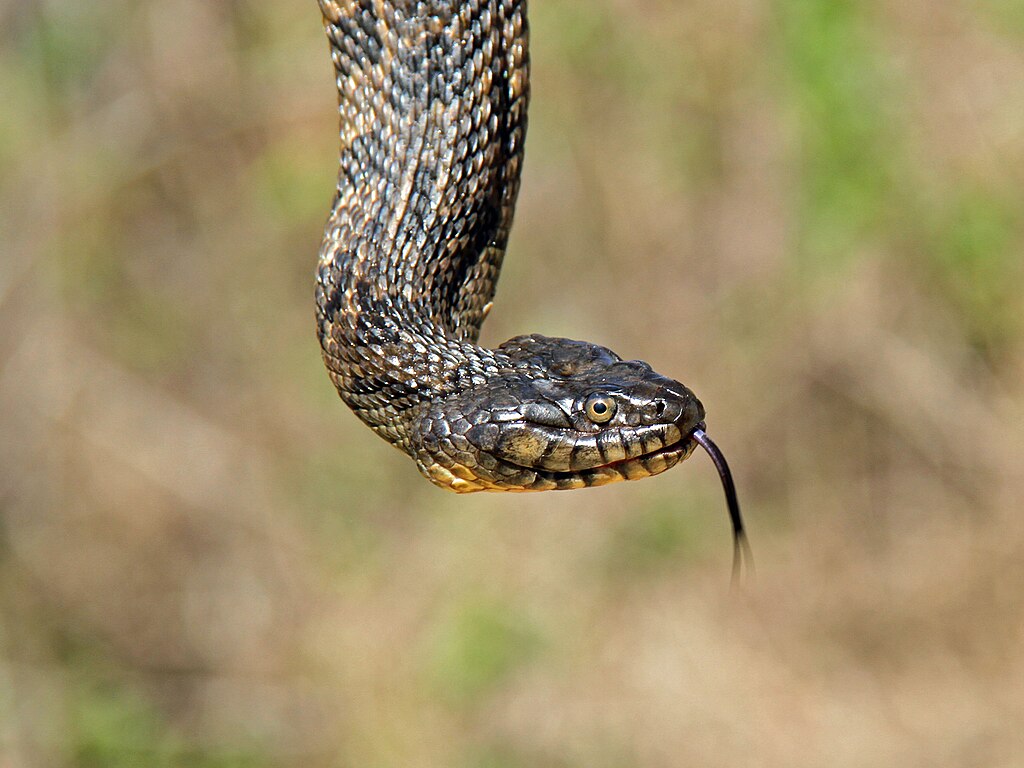
The sophisticated hibernation strategies observed in modern snakes represent the culmination of millions of years of evolutionary refinement. Paleontological evidence suggests that the ancestors of today’s snakes likely evolved hibernation behaviors as they expanded into temperate regions from tropical origins during periods of global cooling. The high degree of hibernaculum fidelity observed today likely developed as a survival advantage – snakes that remembered and returned to successful hibernation sites had higher winter survival rates than those that gambled on untested locations each year. Genetic studies reveal that many snake species show distinct genetic signatures in populations centered around specific hibernacula, indicating that these sites can influence reproductive isolation and even speciation processes. The communal aspect of hibernation may have evolved secondarily, as chemical communication systems developed that allowed snakes to share information about successful hibernation sites. This evolutionary history demonstrates how a seemingly simple behavior – disappearing into the same spot each year – represents a sophisticated adaptation that has been critical to the success of snakes in challenging environments.
The annual disappearance of snakes into the same locations represents far more than a curious natural phenomenon – it embodies a sophisticated survival strategy honed through evolutionary time. From the remarkable navigational abilities that guide their return, to the communal behaviors that challenge our understanding of reptile sociality, snake hibernation continues to reveal new insights into wildlife adaptation. As climate change and habitat loss increasingly threaten these ancient patterns, understanding and protecting the special places where snakes disappear each year becomes essential not just for snake conservation, but for preserving one of nature’s most fascinating behavioral cycles. The next time you notice snakes vanishing as autumn approaches, remember that you’re witnessing the beginning of an ancient ritual that has allowed these remarkable reptiles to survive and thrive through countless seasonal cycles.

